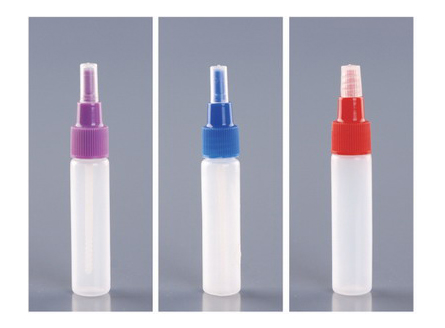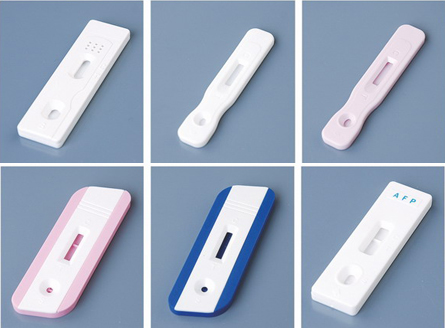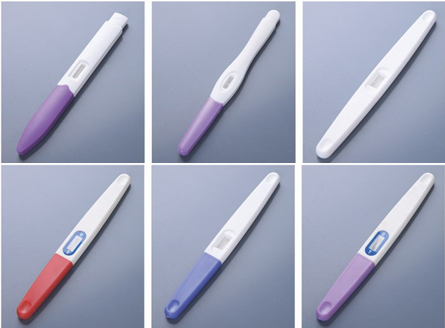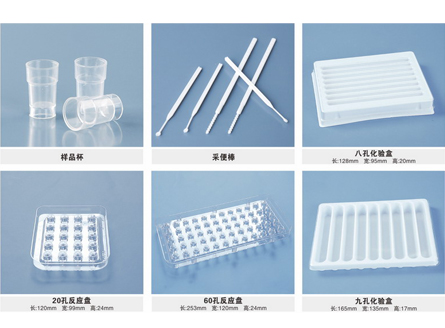
 FOB fecal collection pipe
FOB fecal collection pipeFOB toilet pipes are mainly made of low-d...
 Gold Label Single Card
Gold Label Single CardOur gold label single card has a wide var...
 Pen type card
Pen type cardPen cards come in various specifications ...
 Inspection supplies
Inspection suppliesOur company produces various inspection s...
FAX:+86-317-4052076
Email:czycgs@163.com
Web:www.xysjcz.com
Address:Du Sheng Xiang Xiao Liu Village, Cang County, Cangzhou City, Hebei Province
Current Location:HOME > NEWS > Frequently asked questions >
NEWSThe problems and prospects of colloidal gold immunoassay technology
Since its inception, immune colloidal gold technology has been widely used in detection and on-site diagnosis due to its advantages of simplicity, specificity, and sensitivity, demonstrating enormous development potential and broad application prospects. However, there are still some shortcomings in its practical research and application: firstly, this method often encounters false positives and false negatives during the detection process. Secondly, the sensitivity and repeatability of the detection are not high, and the detection range needs to be further expanded. Later, due to the use of colloidal gold nanoparticles as markers in immunocolloidal gold technology, some characteristics of the particles themselves also limit the application of immunocolloidal gold technology, such as high cleanliness requirements during operation, poor stability of colloidal gold solutions, short storage time, large colloidal gold particles, and poor permeability. Further improving the sensitivity and specificity of gold immunoassay, achieving multivariate detection, and achieving quantitative or semi quantitative detection are the directions for the future development of gold immunoassay, including the following aspects: (1) improving the quality of colloidal gold. Further improve the preparation process of immune colloidal gold to standardize and program it, in order to improve detection accuracy and reproducibility, and reduce the occurrence of false negative (false positive) results. (2) Further improve detection sensitivity and expand detection range. The use of new biomarkers or the introduction of biotin avidin system (BAS), as well as color staining based on gold and silver staining, can enhance sensitivity by amplifying captured signals. (3) Realize diversified detection. Two methods can be used: multi membrane composite or single membrane multi receptor fixation. One set of results can be obtained at the same time, saving detection time and cost. This has great application value for detecting certain substances with joint detection significance. (4) Realize quantitative measurement. At present, there are three types of quantitative detection using immunocolloidal gold technology: the first type divides the results into negative, weakly positive, moderately positive, and strongly positive through visual comparison of the color depth of the test strip; The second method is to design the reactant of the detection line to only combine with a known amount of analyte. Any excess analyte will combine with the next detection line, creating a thermometer like band gradient; The third method is to use a reflective densitometer to measure the color intensity of color bands or spots, and convert the color intensity into a digital indicator. Although the first two detection methods are simple, they can only provide semi quantitative results, while the third detection method can achieve quantitative detection, but requires instruments and is inconvenient to operate. The implementation of new, simple and practical quantitative detection techniques will make immunocolloidal gold technology widely used in veterinary testing
